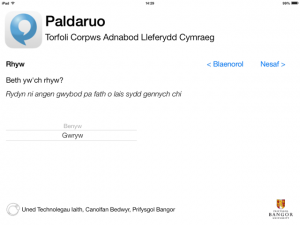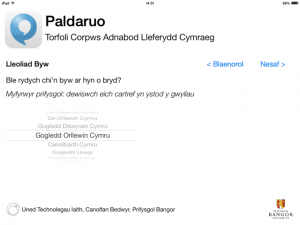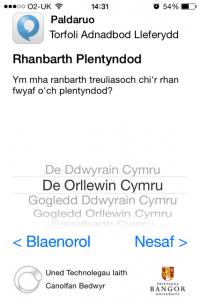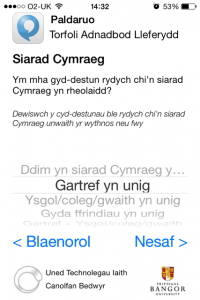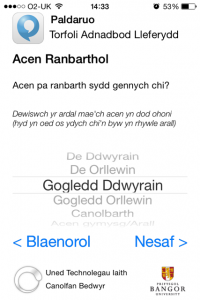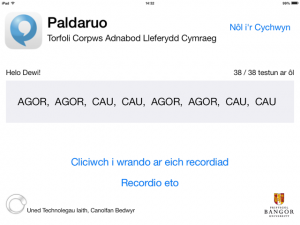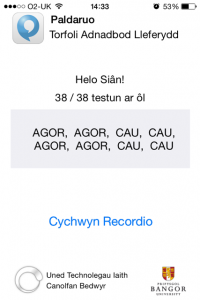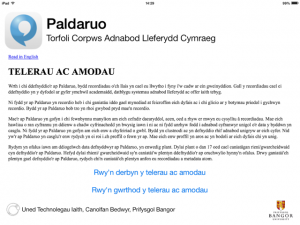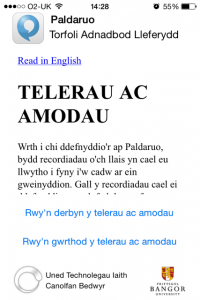SALT Cymru took the form of two consecutive projects, the first a Feasibility Study and the second a network for companies and institutions interested in language technologies.
The SALT Cymru Network was financed through A4B from the European Union ERDF fund and the Welsh Government and was operational between 2009 and 2011. During this time it worked with a large numer of software companies and businesses in the Creative Industries sector as well as other bodies interested in furthering the Welsh economy through improving their use of these new technologies. This led to the establishment of the Welsh National Language Technologies Portal where tools and resources may be found to help companies and developers who want to inlcude the Welsh language in their products and services. A Wales Language Capability Cluster has also been established on LinkedIn so that everyone who’s interested in language technologies, policy, strategy and associated matters can keep in contact with each other.
What is SALT?
SALT (Speech and Language Technologies) include:
- Speech technology
(speech recognition, speaker recognition, text-to-speech techniques,
speech coding and enhancement, multilingual speech processing) - Written language input
(optical character recognition, handwriting recognition) - Language analysis, understanding and generation
(grammar, semantics, parsing, discourse and dialogue) - Document processing
(text and term extraction, interpretation, summarization) - Machine translation
(including computer-aided translation, multilingual information retrieval) - Multimodality
(gesture and facial movement recognition, visualisation of text data) - Language resources
(written and spoken corpora, lexica, terminology) - Evaluation
(of all of the above)
What did the project achieve?
- Established the first ever network in the field of Speech and Language Technologies for Wales to bring stakeholders together.
- Laid the groundwork for further research in the field of Speech and Language Technologies for Wales.
- Online presentations and demonstrations of SALT technologies for Welsh industry.
- Seminars held for businesses on various aspects of SALT.
- One to one sessions held to introduce businesses to SALT and discuss funding options.
- Conference on Terminology and other Language Resources for Welsh Industry held including a presentation by IBM’s head of terminology, Kara Warburton.
- Presentations in the 2010 National Eisteddfod and at the Welsh Association of Translator’s annual conference.
- Guidelines for numerical forms in Welsh-language software produced.
SALT Cymru is now incorporated within the Language Capability Cluster.
SALT-Cymru-_HE-06-KEP-1002_-Project-Closure-Reportwelsh-numerical-forms





